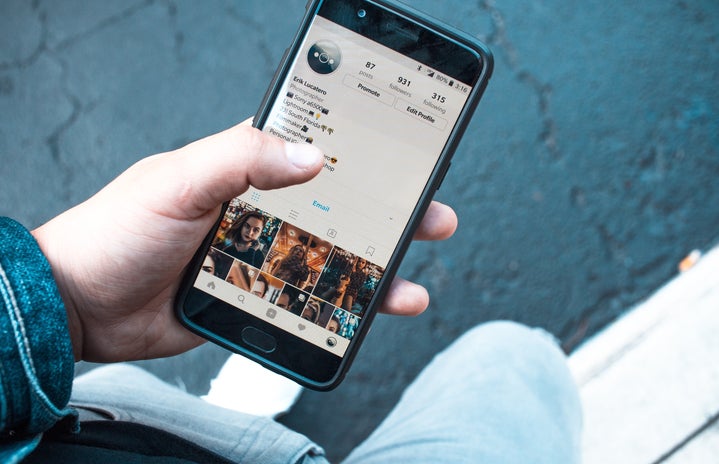Edited by: Tanmaya Ramprasad
Recently, most of us have received and are reading the major news updates regarding the case of Gabby Petito, a girl who went missing in Wyoming and whose body was later found. When taking a look at various social media sites such as Instagram and Twitter, I was able to see how much the population and media were getting involved in the case. From people trying to create manhunts to find the fiancé to the media providing us with video footage from local authorities that presented a situation of domestic violence, it was safe to say that there was a high level of investment in this case. Despite this level of investment online, what really caught my eye were the posts that described the 710 indigenous girls that had gone missing in this same region and why the media was never talking about them. Looking at these posts made me question how the media reports and prioritizes specific issues over others.
On certain sites such as TikTok, many activists were making short and educational videos talking about the cases of missing indigenous women in Wyoming, and when reading the comments, I saw some people telling them to stop comparing tragedies as Gabby Petito is just as important and should not be disregarded. If a girl such as Gabby Petito should not be disregarded, why then should missing indigenous girls be disregarded, and why should the case of one white girl be the only one in the spotlight? We all know by now that the media we see influences our views and what we learn about, so we need to think about the message we are sending out to the public when we disregard certain cases over others. When we prioritize cases of white people over those of minorities, we need to think about the effects on society. To me, when the media does this, it is saying that white people will always be more valued than others. Whether or not that is the true view of media corporations is unknown, but that is at least the message they are putting out.
Sadly this is not the only example of times in which the media has blatantly disregarded minorities. We can see this type of pattern in the cases of the aids epidemic, where it was only brought to national attention when a straight person died from a blood transfusion and when mass shootings and incidences of violence are shown most when white people were the victims. In a perfect world, the media should be able to present cases that affect all groups to show that everyone has value and that one group is not more important than another. What most people wish for is that the same attention given to a white girl to be given to the 710 Indigenous girls that were in the exact same place. What we need to think about going forward is how we can change such narratives to make the media more inclusive.


